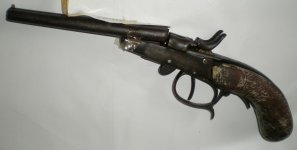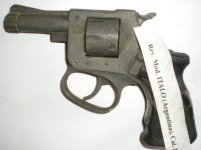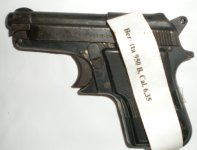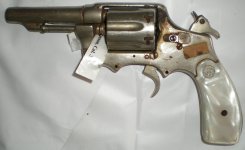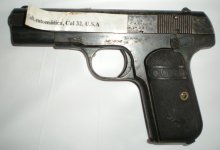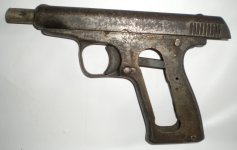- Jim, can the Mauser be a 1895 model? they were sold to many South American countries, including Chile and Brazil... I agree that it's almost impossible to go further based on a single - not so good - picture.
-4V50Gary, thanks for intervening... any contribution is welcome.
(A curiosity about your Latin signature: shouldn't it be iura, rather than jura? as far as I know, the letter J did not exist in the Latin alphabet).
-BADSBSNF81: great bibliography, but I'm only trying to help a friend... not directly interested in weapons.
New week, new weapons... here are three new ones.
-4V50Gary, thanks for intervening... any contribution is welcome.
(A curiosity about your Latin signature: shouldn't it be iura, rather than jura? as far as I know, the letter J did not exist in the Latin alphabet).
-BADSBSNF81: great bibliography, but I'm only trying to help a friend... not directly interested in weapons.
New week, new weapons... here are three new ones.










